There are so many ways to monetize a game. Some game monetization features that work for other games won’t work for you.
And that’s okay. You just have to find the ones that will.
To make this happen, you should do your research. This includes keeping an eye on mobile game monetization trends, top-grossing games, your competition, etc.
This can get overwhelming, so we’re here to help you out.
In this article, we’ll go over the top in-app purchase features in mobile games. Find out what they are, and learn from their examples in popular games.
Let’s begin!

Time-Limited IAP Offers
People just love discounts, and game publishers have to utilize this.
Even more so, people like time-limited discounts. According to Clevertap, they can outperform other types of promotions by 8%!
Most game developers are aware of this. Therefore, time-limited IAP offers can be found in every genre and almost every game. That’s because this feature is almost universally applicable.
Here’s how it works.
Time-limited IAP offers are any kind of special deals that are only available for a set amount of time. Typically, these are discounted items and bundle deals. For example, a pack of premium currency and boosters at 50% off for 24 hours.
These offers mostly come with timers that show how much time is left for them to make a purchase. This contributes to creating a sense of urgency. All of this increases players’ buying instincts and encourages impulse purchases.
Another great practice for time-limited IAPs is bundling items together. If your game has different items you can sell as a package, do it.
You may think to yourself:
What about my regular store offers? Who will buy them if I always offer special deals?
It’s a fact, these offers devalue your regular store offers. However, in the long run, a good discount strategy can bring you even more revenue. Nevertheless, a lot of players will still head to your store to make regular purchases.
When it comes to time-limited IAPs, timing matters. It is extremely important that you align these offers with the players’ journey.
For example, in the first few sessions, you can offer them a starter bundle. Next, you can include special offers in situations when they need assistance. Later on, you can rotate other offers according to their in-game progress.

Time-Limited IAP Offers in Harry Potter: Hogwarts Mystery
When speaking of time-limited IAP offers, we could take almost any game as an example. I’ve picked out a game with a good IAP setup – Harry Potter: Hogwarts Mystery.
This game makes all of its special offers time-limited and valuable. All of them contain the game’s premium currency (gems) and come as bundles.
In a lot of games, all special IAP offers come in the form of pop-ups. Not here. Just certain, chosen offers appear as pop-ups. Others simply appear as ticking timers on the game’s home screen and in the in-game store.
As players progress, the offers they want from the game change. One of the first things a new player will come across in this game is a starter bundle. At $9.99, it is the game’s cheapest offer. It is meant to become a player’s first purchase, so it has to be tempting.
Other offers appear as players climb levels and progress (more expensive bundles, cosmetic offers, etc.).
Monetized Timers
A lot of games restrict the amount of time players can spend playing them.
It usually happens like this.
For the first few sessions, the players don’t even feel the timers are there. This is because either the levels are super easy or they have plenty of in-game currency to skip wait times. But once they are hooked to the game, they learn the harsh truth – their sessions are limited.
We can find timers across genres, from puzzle, casual to strategy games. Therefore, they come in different forms, for example: waiting for energy or lives, speeding up construction, etc.
Once players face wait timers, they typically have two choices:
- To be patient and come back to the game later
- To skip wait times by using in-game currency
These games rely on the fact that people generally don’t like wait times. Sure, some people will think “oh well” and simply wait. However, some hate them so much they are willing to pay to avoid them. In games with monetized timers, these people are the main focus.

Monetized Timers in Popular Games
Monetized timers are the bread and butter for many strategy games. They are one of the most used monetization strategies in the genre. In fact, 86% of strategy gamers believe this is one of the key game monetization features strategy games should have. (Facebook Gaming)
Let’s take Lords Mobile as an example.
In this game, players are always waiting for something. To complete any kind of quest in this game, the players have to wait a set amount of time. This goes for base building, troop training, research, etc. Wait times come in different ranges, mostly from 1 to 30 minutes.
If they want to speed things up, they can purchase gems. Their main purpose is to skip wait times and players rarely get them for free. Since they are that important for game monetization, there is no IAP pack without gems in this game.

Besides strategy games, you can often find timers in games that are based on lives. For example, in Playrix’s Gardenscapes and Homescapes.
In these games, once players are out of lives, they can’t go back to the match-3 board. They usually have two choices: to ask friends for lives or pay to skip wait times.
However, in these types of games, timers are not the primary game monetization features. They are only a part of the monetization strategy.
Monetized Continue/Retry
Even the best players sometimes fail. And every now and then, they are really close to making it.
In these situations, they may be willing to pay for another chance. This is where continue/retry in-app purchases come to light. For obvious reasons, these types of IAPs are commonly called “save me” options.
These game monetization features appear in all kinds of different genres and situations. Some of them include:
- Character revival
- Continuing playing without losing score
- Buying extra moves on a match-3 board
- Retrying a level immediately

Monetized Continue in Candy Crush Saga
The pioneer of match-3 games, Candy Crush Saga, is all about giving players additional chances.
Whenever players are stuck on the match-3 board, they have two options: to try again or buy extra moves on the board. A lot of them decide on the latter. In fact, the Extra Moves offer ($0.99) is Candy Crush’s bestseller (Sensor Tower, free data).
Purchasable Boosts
It’s pretty clear why boosts are a popular in-game purchase. They directly help players climb levels and advance faster.
There are two types of boosts you can offer – consumable and permanent boosts. In some games, players can buy them with real money. In others, they can buy them with in-app currency.
Consumable boosts can only be used a limited number of times (typically once). Think of them as food, once you eat it, it’s gone. Boosts bring some kind of one-time or temporary benefit.
Just like their name suggests, permanent boosts bring long-term benefits.
Both types of boosts can be applied to almost any in-game feature – characters, player abilities, inventory expansion, research upgrades, etc.

Purchasable Boosts in Popular Strategy Games
Boosts can be found across genres, but let’s take two different strategy games as examples.
In Clash of Clans, players are always looking for ways to be stronger in battles. One of their most popular choices are spells (freeze spell, clone spell, healing spell, etc.). These boosts can be bought in two ways – with real money or with diamonds. They are consumable, so if players want more, they will have to purchase them again.
In Game of War: Fire Age, players can research different areas. For example, training speed, scouting, and different attack types. Once they do their research, they receive permanent boosts. The research can be free, but it takes a long, long time. For this reason, players can instantly get their boost by using gold (the game’s hard currency).
Purchasable Characters
When a game is based on different characters, it’s only logical to offer them as a purchase.
RPG games are all about characters, so this feature is a perfect fit. In fact, 92% of top RPGs include purchasable characters (Facebook Gaming).
Purchasable characters increase a game’s horizontal depth. Potentially, this feature can positively affect further player spending. For example, once players buy characters, they will probably need to upgrade them. This can motivate them to make even more purchases.
However, not only human-like creatures count as characters.
There are different types of characters a game can offer. For example, in racing games, the “characters” are different cars. In card games, there are character cards, while farming games can include animal characters.

Purchasable Characters in Heroes Charge
In this role-playing MOBA, players can choose between +50 unique heroes. They should collect, train, and upgrade them before they take them to battles.
However, some heroes are rare. For this reason, players can head to the game’s shop to find them.
In this game, the offer of heroes depends on in-game events. Therefore, at every moment, there is only one hero to buy. This one hero comes in five different bundles that cost from $4.99 to $99.99.
It is great to tie heroes with in-game events because this makes the offers more exclusive. Also, all players have different spending habits, so it’s good to offer multiple price points.
Premium Currency
A lot of games put their monetization focus on a single, premium currency.
In these games, this is the only in-game currency that can be purchased with real money. Players can use this currency to buy anything they want from the game. It can come in the form of gems, coins, diamonds, or something else.
Whatever it may be, games are not very generous with it.
Most games give out premium currency through gameplay but at a really slow rate. It usually appears as a special reward of some kind. This includes level-up rewards, mission completion rewards, daily bonuses, etc.
If there are some other currencies in the game, players get a whole lot more of them. However, they are not nearly as valuable.

Premium Currency Usage in Project Makeover
A popular match-3 game, Project Makeover, is a good example of premium currency usage. This game’s premium currency are gems. There are two other currencies as well, but gems are the center of monetization.
In this game, there are three things players might want to spend money on:
- Skipping wait times (lives)
- Level continue (moves)
- Easier progression (boosters)
As you may guess, players can use the premium currency for all of this. This way, the game can monetize different types of players with a single currency. This includes those that hate wait times, those that need extra moves, and those eager to progress faster.
Cosmetic Items to Purchase
It’s pretty obvious why players buy items that help them progress, skip wait times, etc. However, sometimes, it’s not all about progressing.
Some players really appreciate it when games offer cosmetic features to purchase. In most cases, these are a game’s engaged and loyal players. These players want everything they can get from a game.
These items change the appearance of characters or items. This can be anything from clothing, hairstyle, weapon skins, vehicle skins, etc.
Offers like these are common in mid and hard-core multiplayer games. On the other hand, casual players are much likely to invest in cosmetic offerings.
It’s interesting to look into the reasons why players make cosmetic purchases. Some common reasons include:
- Showing off
- New looks feel refreshing
- They help them identify with their characters
In most cases, cosmetics items are just one of the game’s offerings. If this is the case, they aim for the game’s highly engaged player base. However, sometimes, they are the game’s primary source of income.
Let me give you examples of both.

Cosmetic Offerings in Popular Games
In League of Legends: Wild Rift, cosmetics are the game’s main source of revenue. For this reason, the cosmetics offer in Wild Rift is incredibly big, diverse, and exclusive.
Players can purchase different skins for the game’s numerous champions. They don’t even have trouble paying from $5 to $13 for a single skin. These price points are a bit higher than usual, but Wild Rift players still buy them.
The thing is, most players have a couple of favorite champions. So instead of playing with others, they prefer to play with the same, but refreshed champions.

In Call of Duty: Mobile, cosmetics are just one of the different game monetization features.
In this game, players can buy different items that help them progress faster (e.g., weapons or XP cards). Besides this, the game also offers cosmetics such as weapon skins and vehicle skins.
Here, it’s pretty rare to get skins as in-game rewards. For this reason, players who want them will probably head to the store and make a purchase.
Purchasable Items
A lot of games have something called “items”. Sometimes they are called differently, but their purpose is similar.
Depending on the game, players can use different types of items to:
- Form new items or characters
- Upgrade existing items or characters
- Permanently boost items or characters
As you can see, items are always used to build or form something. For this reason, they are often called material or ingredient items.

Purchasable Items in Hay Day
Perhaps the best way to explain in-game items is to look at them as ingredients.
In the case of Hay Day, the items literally are ingredients – wheat, eggs, milk, corn, etc. Their only purpose is to create other items (e.g., bread, cheese). However, players can’t just go to the store and buy them. This would make the whole process less fun.
Players need to use coins to get these items. Of course, they can buy coins in the game’s store. Next, they have to trade coins for items with other players. Even though they are not a direct source of income, indirectly, they earn Hay Day the big bucks.
Piggy Bank
This IAP feature is very similar to its real-life counterpart.
Here’s how it works.
Players collect in-game currency through normal gameplay, filling out their piggy bank. However, when the piggy bank is full, the players can’t just grab a hammer and break it. Instead, they need to make a one-time purchase.
This IAP feature relies on human nature.
The longer the players wait to get it, this offer becomes more and more attractive. As players spend more time in the game and keep winning, the piggy gets more valuable. Players see all of this as a result of their own efforts.
Ultimately, they feel it’s a smart choice to purchase it. In behavioral psychology, this is called the endowment effect.
Piggy banks are commonly found in casino, casual, and puzzle games. Their typical price points are anywhere from $1.99 (e.g., Clockmaker) to $2.99 (e.g., Homescapes).

Piggy Bank Feature in Slotomania
In Slotomania, a casino game, a piggy bank feature appears after players actively engage with this game (at level 25).
It costs $2.99 and with each new level, it becomes more and more valuable. Players should wait until it pays off more than the regular offers. Once the piggy bank becomes extremely valuable, the most unexpected thing happens. At level 45, the game hands it out for free.
This way, the game gives players a taste of it. It also motivates them to purchase the piggy bank later in the game.
Gacha
The term gacha comes from Japan and stands for toy vending machines. You know, those machines where you put money inside and they give you a random toy.
In mobile games, it works very similarly.
Gacha stands for “pulling” or “spinning” to get a random reward from the game. To do this, players need to use in-game currency.
Before there were gachas in mobile games, there were loot boxes in video games. Many people are confused about these two things, so let’s clarify them.
All gachas are actually loot boxes. However, not all loot boxes are gachas.
The thing is, a gacha is a loot box that is the primary source of items a player needs in a game. On the other hand, the items received from loot boxes are simply complementary.
For this reason, games with gacha features are often called a genre of their own – “gacha games”.
They are also quite controversial. Because of their randomness, they are often called out to be gambling.
Gachas are not completely random, though. Games always state the odds of getting a certain item. These odds are called drop rates. However, when it comes to the most wanted items, they are pretty slim.

Example of Gacha in Genshin Impact
In Genshin Impact, everything is gacha-related.
If players are eager to progress, they will have to make tons of “wishes”. This is the game’s name for gacha.
After a certain amount of time, players get less and less currency from the game. Hence, they can make fewer wishes. When this happens, players get tempted to make purchases. Their motivation is simple – they want to pull the gacha more frequently.
The game highlights rare items players can get from them, but their drop rates for such rare items are really low – only 0.6%. Therefore, players need a lot of luck (and patience) to get the desired items.
Subscription Plans
A few years ago, subscriptions could mostly be found in non-gaming apps.
Today, they are a popular gaming monetization feature. In mobile games, subscriptions work as one-time purchases that give players access to additional content. For example, more rewards and perks in the next 30 days.
While the games remain free to play for casual players, paying players can access a premium gameplay experience.

There are numerous examples of subscription plans in mobile games such as:
- Battle passes (e.g., Fortnite, PUBG Mobile)
- Booster subscriptions (e.g., Boom Beach)
- VIP access (e.g., Wheel of Fortune)
- “Remove ads” subscription (e.g., Sand Balls)
One of these stands out from the crowd, which brings me to the next feature on the list.

Battle Pass Plan
If this were a list of trending IAP features, battle passes would be the #1 on our list.
A battle pass is a type of subscription that gives players access to more features. Once players purchase a battle pass plan, they get an opportunity to unlock different rewards and items.
The passes typically last for a set amount of time. In most cases, they come in the form of seasons. For example, a battle pass season can last for 15 days. During that time, players should try their best to unlock as many rewards as possible.
All of this makes players motivated to play longer and more frequently. Another great thing for the publisher is that they are very likely to get hooked to all those extra rewards.
Now, most games create at least two types of battle passes – free and paid.
Free battle passes give all players a taste of this rewarding experience. Ultimately, they may decide to buy a paid battle pass version.
Paid battle passes are for those players who are willing to spend for premium treatment. In most cases, these players are already engaged. They have been playing the game for a while, they work hard, and they want their efforts to be extra rewarded.
From what I’ve seen in different games, battle passes usually cost anywhere from $5 to $12. Casual games typically set the price point lower, while mid and hardcore games aren’t afraid to pump the price a bit higer.
For example, Homescapes’s battle pass feature, The Farm Pass, costs $4.99. On the other hand, in Call of Duty: Mobile, there are two paid options, for approximately $6 and $12.
No matter how you decide to set the prices, a battle pass has to be valuable. In a lot of cases, battle passes are a game’s most priceworthy offer.
Battle Pass in Mobile Legends Bang Bang
Battle Passes are quite popular in Mobile Legends Bang Bang and players look forward to it every season. The reason behind it is simple – there are so many new exciting rewards to unpack.
The most recent battle pass accompanied the biggest tournament – M4 World Championship. By purchasing it, players receive skins, cosmetic effects, and other valuable in-game items.
However, what players get depends on the tier they choose. This battle pass has two prices – 399 and 699 diamonds. The latter is, of course, more valuable and brings players additional rewards, but it’s a good strategy to have different options.
Once players purchase the pass, they need to complete various tasks and participate in events to get more advantages.
Monetized VIP System
A lot of different games have VIP systems. In some, they work mainly as a retention feature. In others, they are also directly tied to the game’s monetization system.
Either way, some players will do anything to be treated like a VIP.
A VIP system usually consists of levels. As players climb these levels, they get to enjoy more and more special in-game perks (faster progression, bonuses, etc.).

Monetized VIP System: AFK Arena
If AFK Arena players wish to climb VIP levels, they will want to make in-app purchases.
The game is quite stingy with VIP points through gameplay. For a free-to-play player, it’s really hard to level up.
In fact, a free-to-play player can never go higher than VIP level 10 (out of 20). Therefore, the only way to become a real VIP is to make in-app purchases.
A Final Note on Top Game Monetization Features
Hopefully, this list helped you find game monetization features you can use in your game.
Make sure to carefully create your monetization setup, and test it until you make it.
If you feel like you could use some help with this, don’t hesitate to reach out!
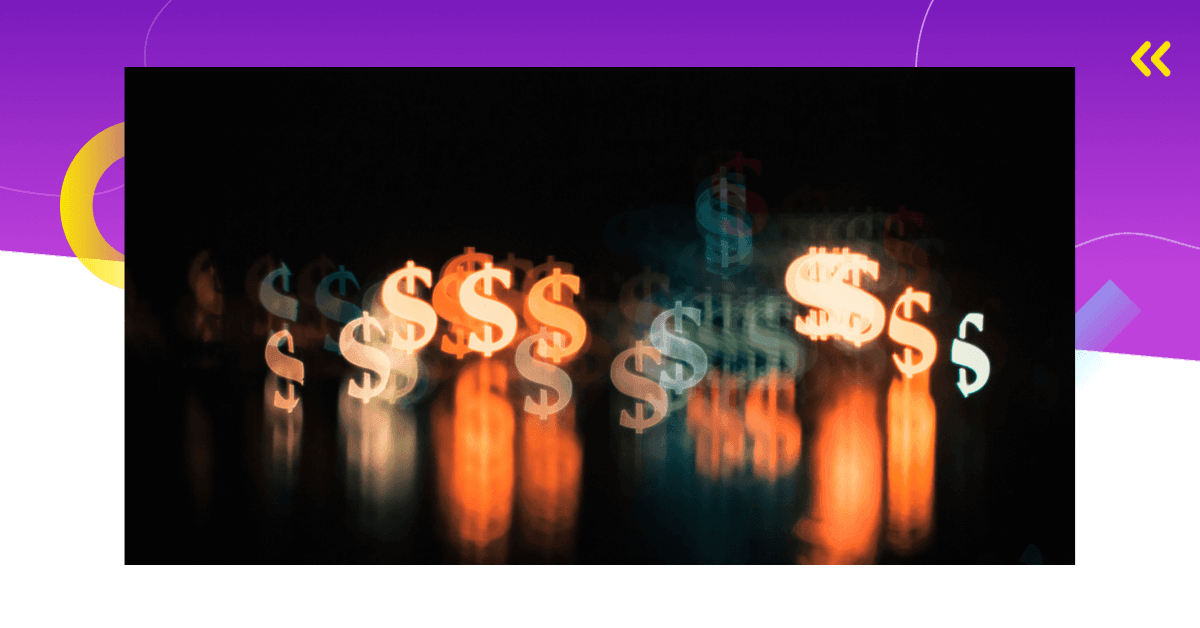


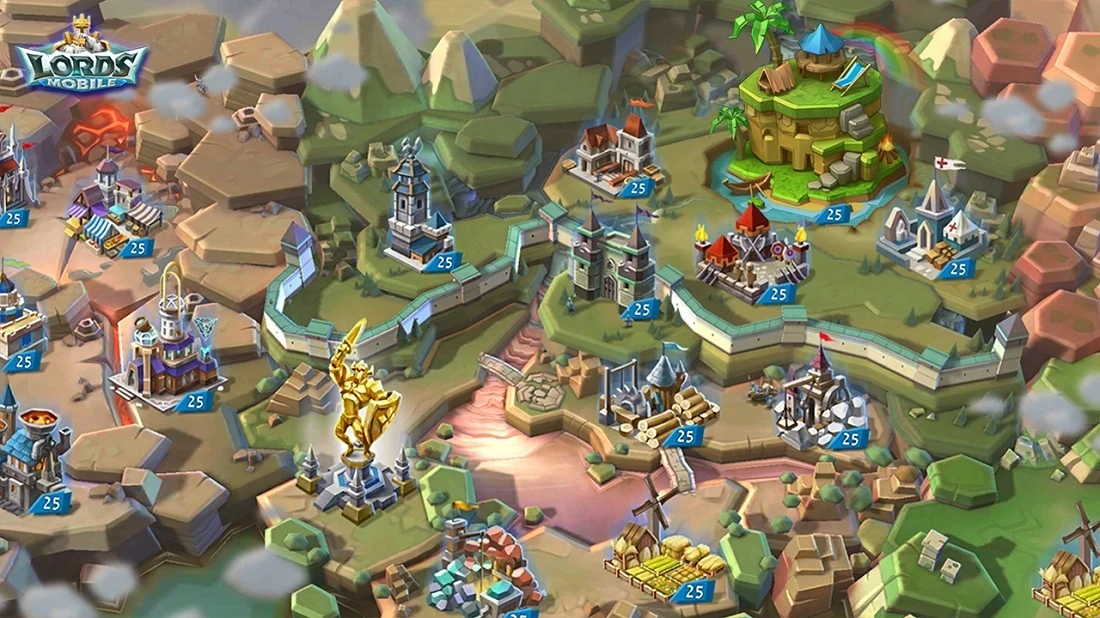
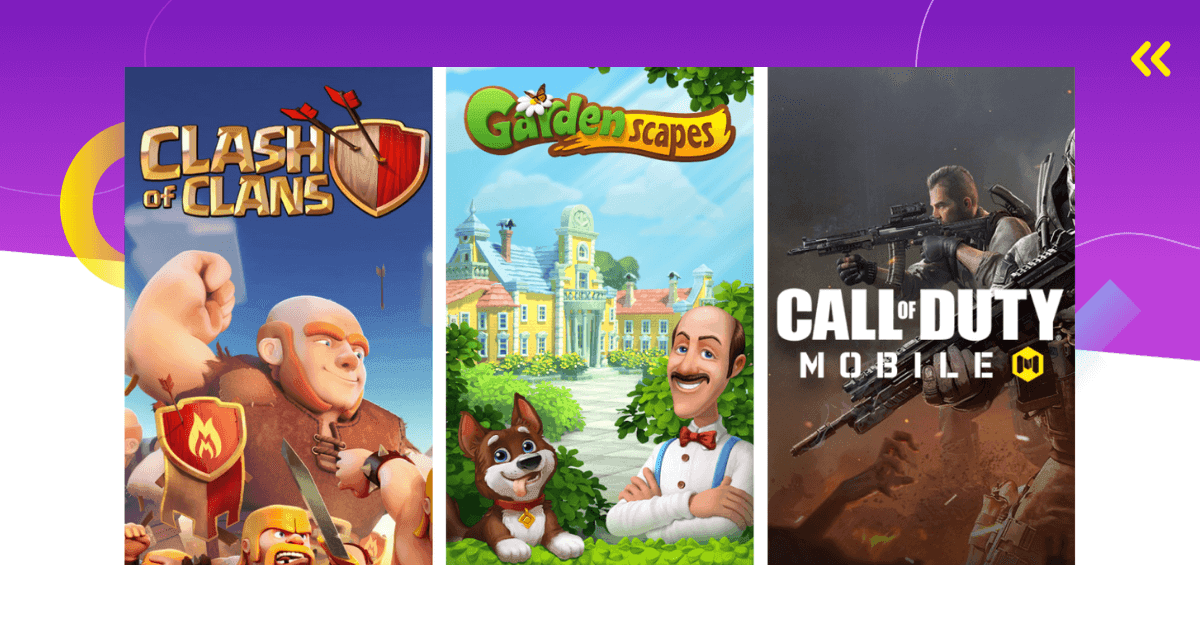
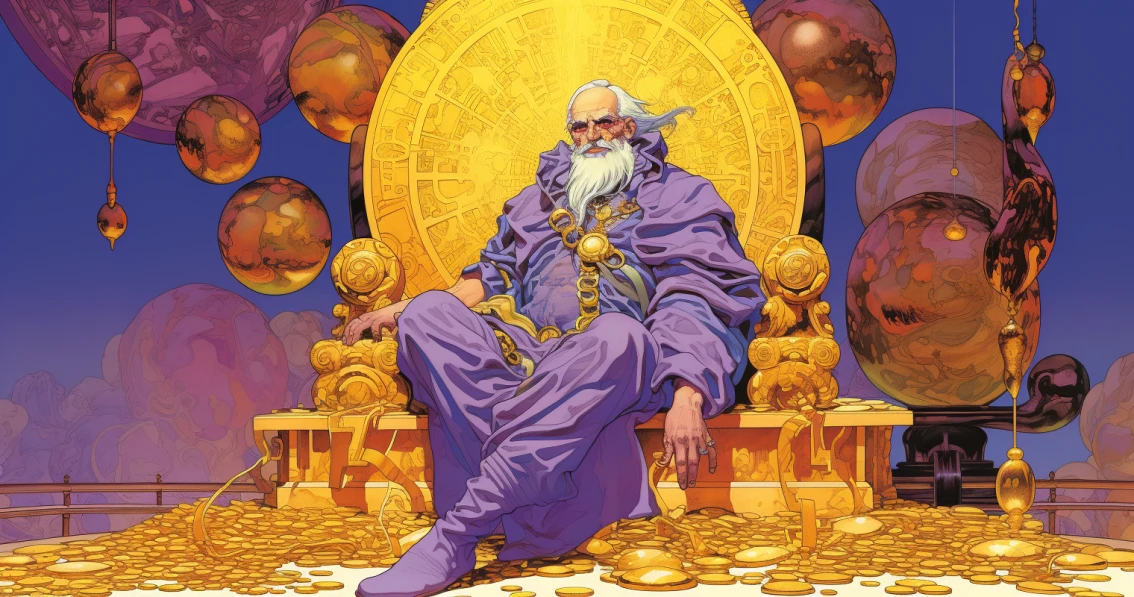
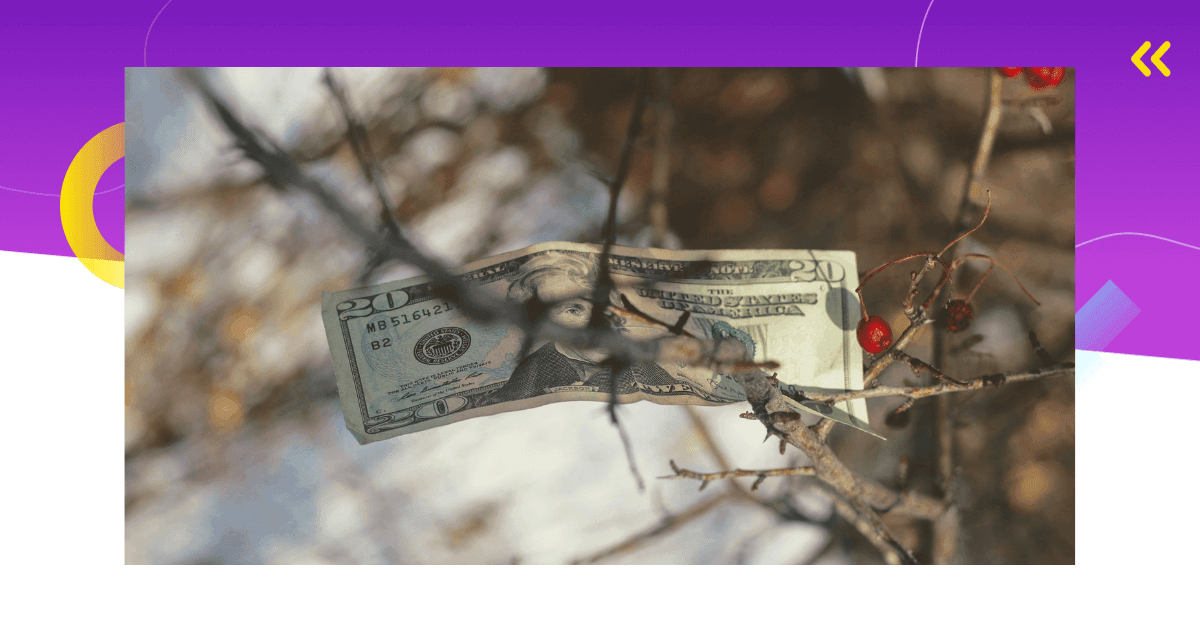
Comments